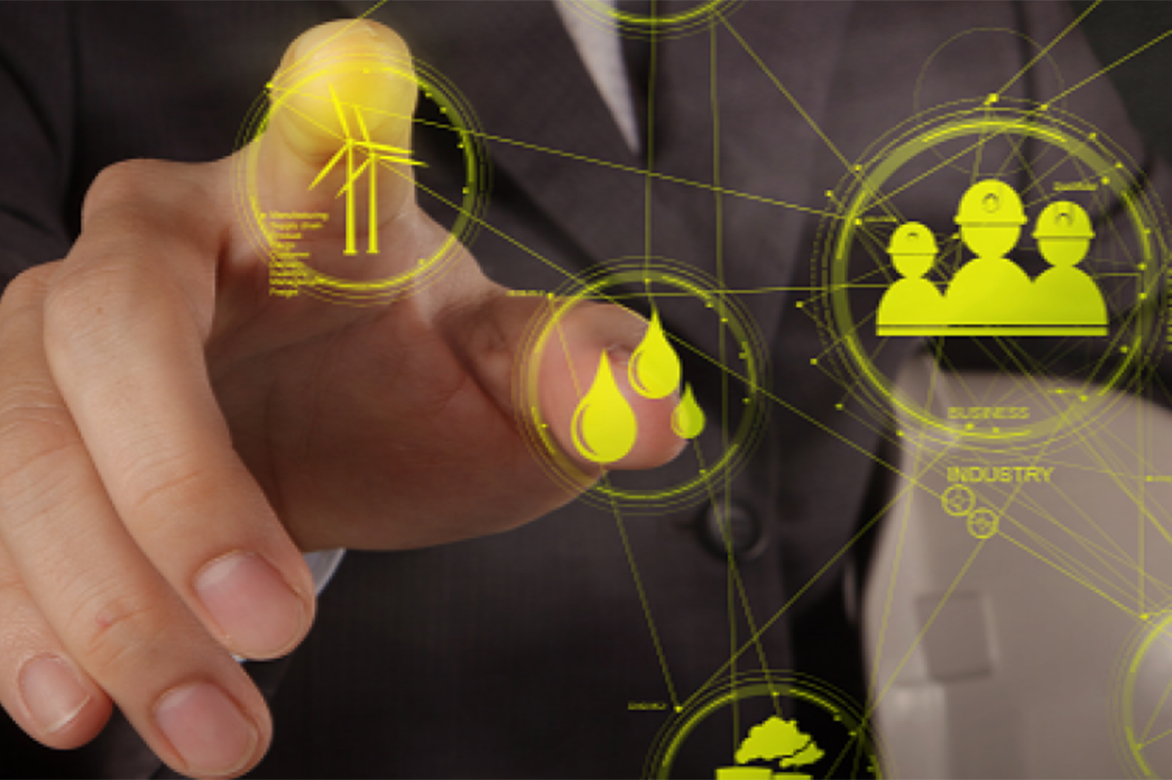
Choose to study at UNSW Minerals and Energy Resources Engineering (MERE) and create positive change through your pick of rapidly evolving resources industries. Read more about our programs here.
Australia’s wealth of resources and the world’s ongoing need for energy and minerals mean career opportunities for petroleum and mining engineers have never been more broad or exciting in scope. The disciplines have also never been as important.
The resources industry provides the building blocks for many things we rely on, from solar panels to wind turbines, from health care to smart phones, and from cleaning products to the coins in your pocket.
Did you know, for example, that an electric car needs four times more copper than a petrol car? Currently we don’t have enough copper reserves to facilitate future demand. The Federal and NSW governments have initiated projects to explore important alternate minerals and metals, such as cobalt and copper, but for these to succeed, we need more mining engineers with advanced skills.
“Gas, petroleum, mining and minerals industries represent over half of Australia’s wealth generating capacity through its export income. This equates to approximately $190 billion each year1,” explains Professor Ismet Canbulat, the Head of School of UNSW MERE.
“As engineers and problem-solvers we work to improve the effectiveness of the resources sector and we contribute to the overall health of the Australian economy. This is a significant and worthwhile responsibility.”
To get a handle on the significant career opportunities mining engineering offers, the Minerals Council of Australia (MCA) recently published the More to Mining Careers Guide. For anyone considering a career in mining engineering, it’s a must read.
The Guide provides young people and their families with information on these roles and the different pathways the mining industry has to offer. Accessible, down to earth and designed to go beyond the stereotypes of big machines, hard hats and hi-vis, the Guide takes the broadest possible view.
“It might take some people by surprise that a degree in mining engineering can lead to a future business card that reads: ‘Drone Operator’, ‘Virtual Reality Researcher’, ‘Robotics Technician,’ or ‘Artificial Intelligence Developer.’ These are all current jobs in Australia’s mining industry, and they’re also the jobs of tomorrow,” explains MCA Chief Executive Tania Constable.
“Across the mining process – from exploration through to operations, processing, transport and trading – technology is transforming the way we mine. As a career, mining not only offers highly skilled, highly paid roles, you can also change roles as your career expands, across Australia and across the world.”
The good career news continues across the petroleum sector, with the industry reporting renewed growth in Australia’s oil and gas industry. The latest ABS employment figures2 show that 2,900 new jobs were created between August 2021 and August 2022.
According to Chief Executive Andrew McConville of Australian Petroleum Production & Exploration Association (APPEA), these figures are a result of renewed confidence across the sector and continued growth of natural gas projects for the domestic and export markets.
“These employment figures reinforce the importance of the oil and gas sector as a key driver for the national economy and are a result of many large-scale natural gas projects coming onstream,” McConville says.
APPEA is also actively promoting the industry’s work in reducing global emissions particularly through liquefied natural gas (LNG). “The global appetite for energy is growing, with more than 1.1 billion people still lacking access to electricity. When replacing other fuels LNG can cut emissions by around 50 per cent, so substituting LNG for more emissions-intensive fuels allows importing countries to satisfy growing demand while reducing emissions,” McConville continues.
As the largest institution in Australia combining the disciplines of mining engineering and petroleum engineering with a 70-year history of excellence in resources education, MERE is at the forefront of all the major advances on the horizon for these ever-changing industries. This is reflected in its 5-star rating and its maintained position in the top-10 world rankings that account for graduate employability, teaching and research3.
“Today’s mineral and energy resources industries are well aware of the global challenges humanity faces and do not shy away from accepting their contribution to, and responsibility for solving issues such as climate change and environmental degradation,” says Canbulat.
“MERE is providing industries with graduates who have the knowledge and skills to meet the challengers of the future, particularly regarding energy transitions. This means we are working towards achieving clean coal and oil use, improving the economic feasibility of renewables, mining the essential minerals, and increasing natural gas use with carbon capture, utilisation and storage, which will effectively provide a zero-emission fossil fuel.”
With the best facilities in resources engineering in the country, MERE is incredibly proud of driving the national agenda across the breadth of minerals and energy resources engineering, and in doing so enhancing the quality of life for humanity in a sustainable way.
